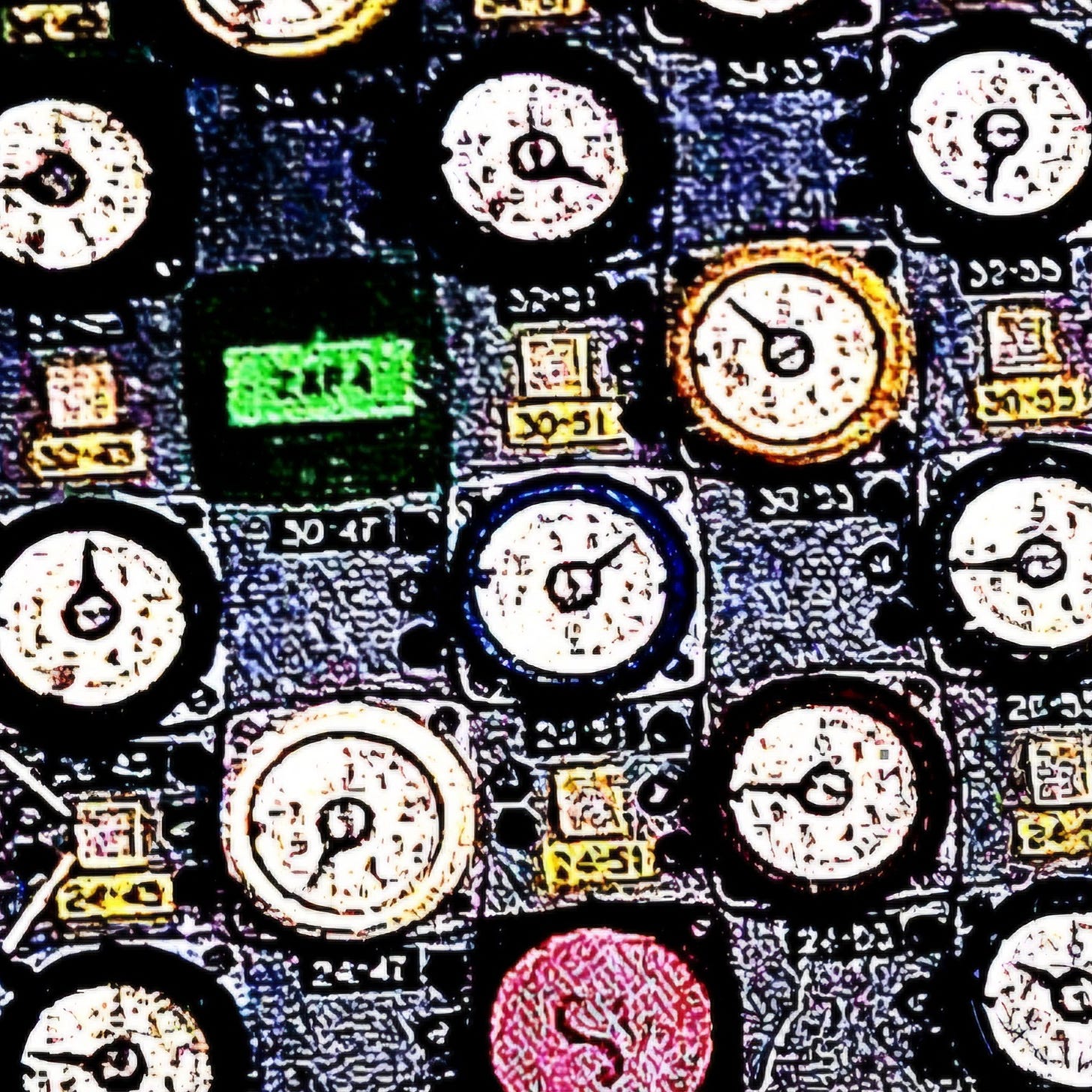One thing I learned about writing from Chernobyl by Serhii Plokhy...
One thing I learned about writing from Chernobyl is how nuclear reactors work/don’t work.
That’s probably to be expected. What’s been unexpected is that I’ve learned a shitload about my own time by reading books about the fall of the Soviet Union. If you want to get a sense of what’s happening to our culture/society/systems, then I recommend familiarising yourself with Perestroika and Glasnost.
While there are 1,001 differences between the Digital/Technological/Artificial Revolution we’re living through and the Soviet collapse, the similarities are ridiculously thought-provoking. The internet has given us access like never before. Transparency or openness is what Glasnost means. What’s gonna happen because of these shock changes? I’m not here to tell you the future.
I can tell you that turning to stories from the past can help:
See this kind of thing has happened before.
See a bunch of different ways people handled themselves in the chaos.
See examples of decisions and actions taken under pressure.
See what kind of person you wanna be, so when it comes time, you don’t choke and act like a coward.
The control room of Chernobyl Nuclear Power Plant became a stage with actors playing heroes and villains. Serhii Plokhy got my heart racing like a Bond movie as he walked me through the years, months and days leading up to the explosion, setting the scene and introducing the main characters. Then, on the actual day, he raced in slow-motion through the hours, minutes and seconds of the disaster, hyper-focusing on details, actions and even the thoughts in the minds of the players.
Sometimes it’s hard to remember this shit actually happened to real people and it’s worth remembering millions of people’s lives were/still are affected. But when you read a book with the eye of a fiction writer, you look for things like plot, characters and setting.
If Serhii Plokhy had made up Chernobyl, I’d be like, ‘Damn – that’s one hell of a story.’
What can we learn about writing:
Nonfiction can provide heart-pounding action.
Using time as a narrative device can pack one hell of a punch. Experiment with slowing down time to second-by-second play-by-plays to heighten emotional impact.
If you want to wrap your head/your reader’s head around your own time, telling the story of one major cataclysm can act as a way to see the forest by describing one tree.
Read hard. Read wide. Read free.

